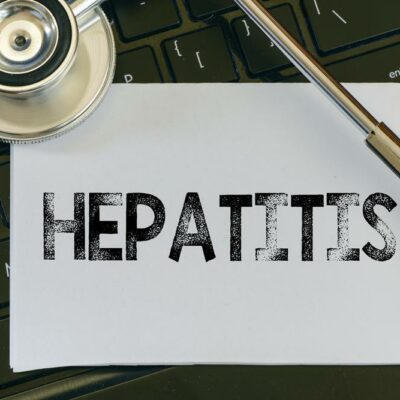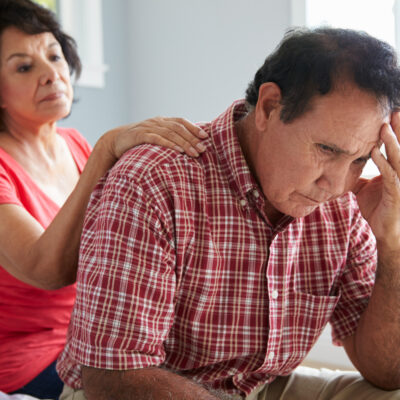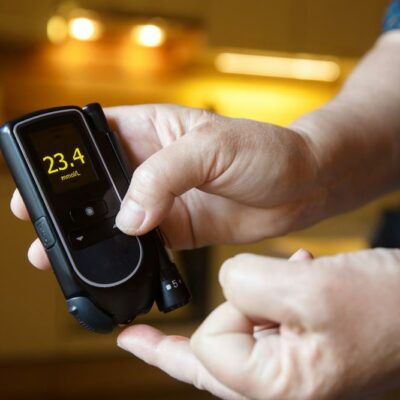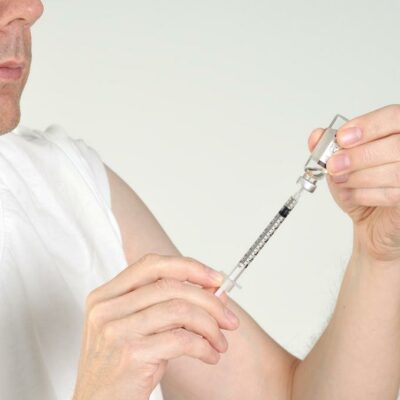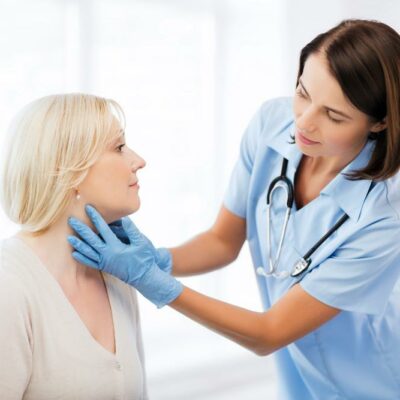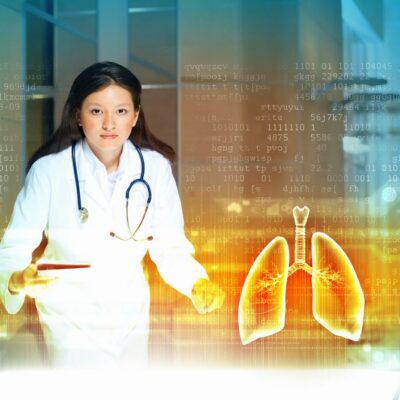
Health
Top 5 Food Sources of Allergic Reactions
Millions of people across the world struggle with allergies. Many allergies are due to food, causing an allergic reaction. Histamine is released in the body after eating these foods, causing the reaction and inflammation. Symptoms can occur quickly or hours later and include swelling around the face, difficulty breathing, low blood pressure, nausea and vomiting, diarrhea and hives or other itchy rashes. Below you will find five common allergic triggers that are food based: 1. Milk (casein) allergy Milk and dairy products are of the most common allergic triggers. Most of the time this allergy disappears before adulthood and mainly affects children. It is a more difficult allergy to diagnose as symptoms often resemble lactose intolerance. Inflammation from this trigger usually occurs in the gastrointestinal tract. Common symptoms include vomiting, pain, diarrhea and constipation. If you have this allergy, it is imperative to try to avoid dairy and dairy related products. 2. Shellfish allergy This food allergic trigger is caused by your body attacking the proteins present in shellfish. Most of the time, tropomyosin is the protein that is to blame though the body can attack arginine kinase and myosin light chain as well. This allergy is also difficult to diagnose as it can seem like an adverse reaction to the food.
Read More 